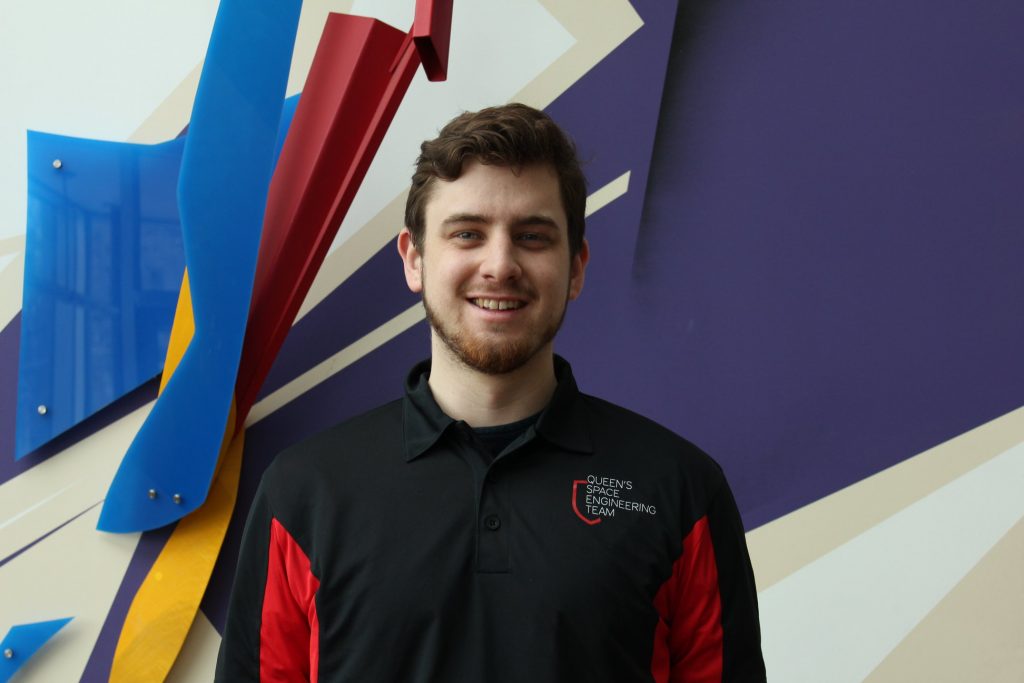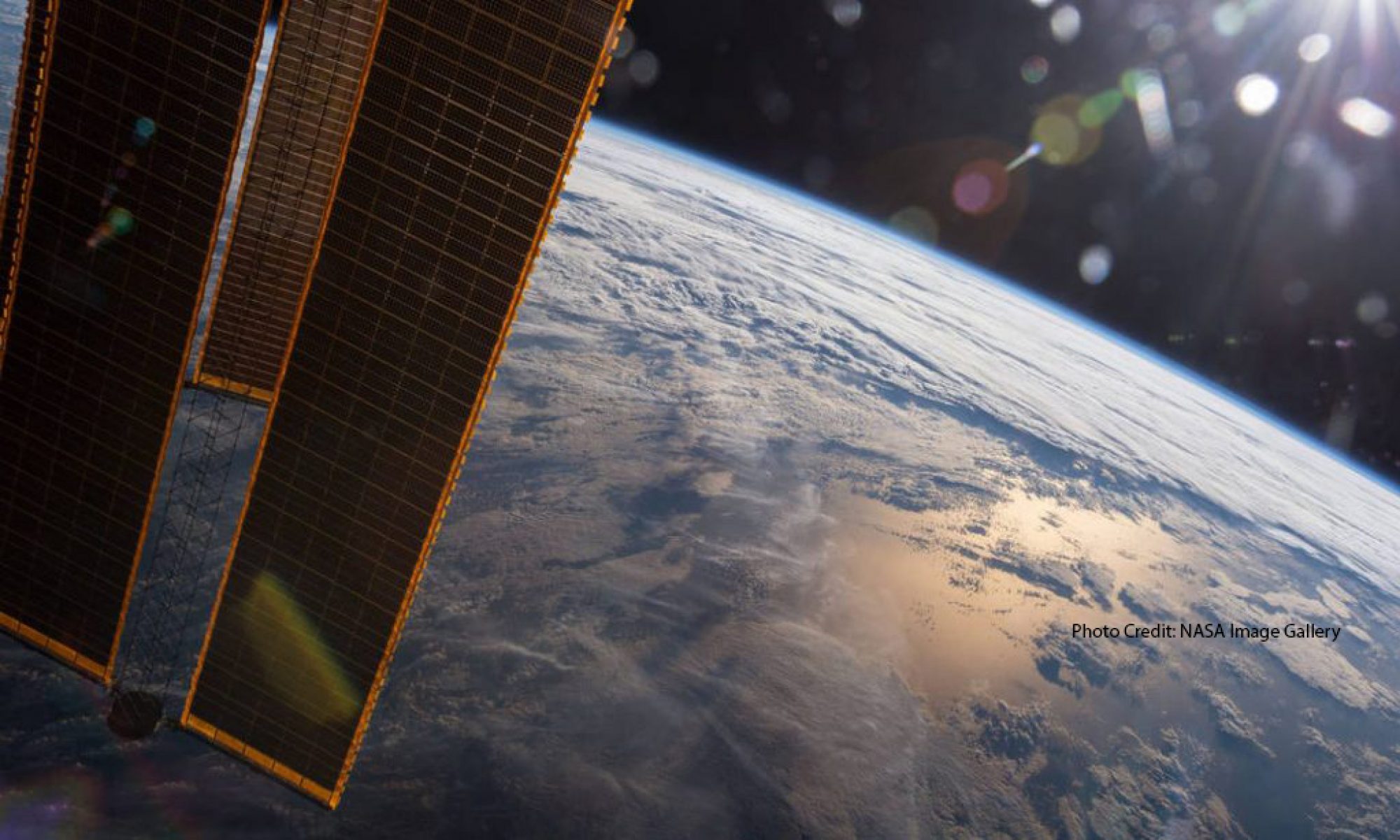
With the support of the NSERC-CREATE travel funding I had the opportunity to attend the 2019 Canadian Space Summit, a conference on the current state of the Canadian space industry and steps forward; including lunar exploration, New Space, and more. I attended 12 sessions over 3 days, however I’m going to write about 2 that really caught my attention.
The first session of Wednesday afternoon was a roundtable discussion on the future of the Canadian commercial space sector. Prashant Shukle, Director General of the Canada Centre for Mapping and Earth Observation, had a lot to say about value-added data processing to create new insights from geospatial data. He spoke of Canada as a global leader in the past in geospatial services, and that the current geospatial industry is highly segmented into specialists. We need to think more on how we can derive social and ecological insights from geospatial data, with the motivation being “why does this data matter to humanity?” Afterwards, I spoke to Prashant briefly about how Canada can become a global geospatial leader, and he gave me a few ideas to ponder regarding my own research.
Thursday morning featured a presentation by Dr. Hilding Nielson, a professor of astronomy at the University of Toronto. Dr. Nielson spoke of the western exploration of space as another form of colonization against the first nations and indigenous people of North America. He opened his presentation with the Mi’kmaw story of Muin, a bear represented by what we now call Ursa Major. The story describes the importance of celestial objects to indigenous cultures and ways of life, often being used as axioms to perform time-keeping, meteorology, and navigation. The advancement of Western culture has impacted these customs in unexpected ways; light pollution from cities makes it ever more difficult to discern night sky objects, while more recently LEO constellations of satellites have disrupted both amateur and scientific astronomy.
A before and after representation of light pollution on the constellation Orion. Image credit: Jeremy Stanley – https://www.flickr.com/photos/79297308@N00
I had the opportunity to speak to Dr. Nielson after his presentation about the effectiveness of using what he calls Two-Eyed Seeing to teach modern astronomy: the usage of indigenous axioms to explain space phenomena can be a powerful teaching tool for higher education. Indeed, I can see great value to students to learn about both indigenous culture and astronomy simultaneously by implementing Two-Eyed Seeing.
Throughout the conference, I was confronted with the fact that the Canadian space industry is small, with few well established players. I also got the sense that this is a close knit community, and the overall theme this year was of cooperation instead of competition. Representatives from many different organizations echoed the same sentiment: together, we can grow the industry instead of fighting over the current market share.
